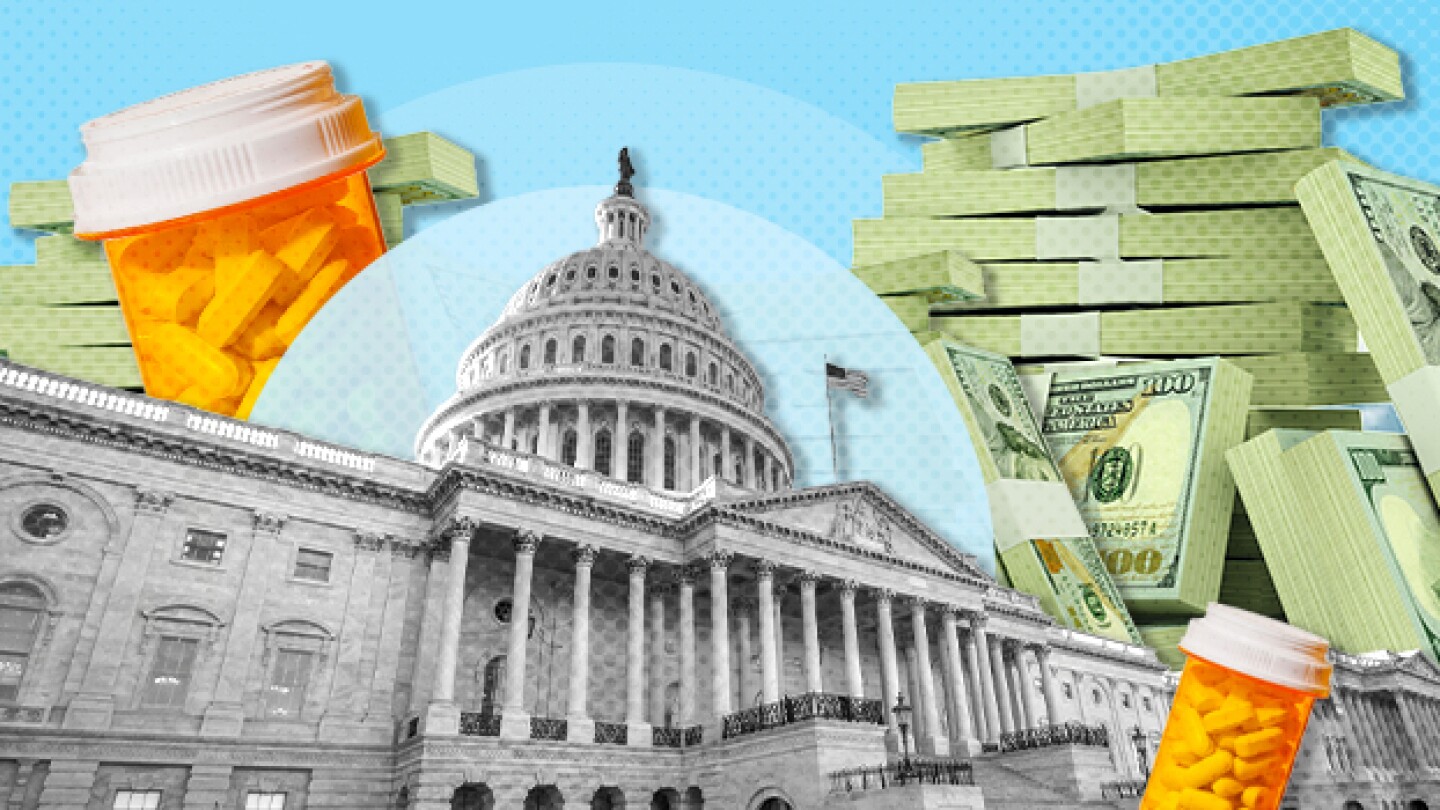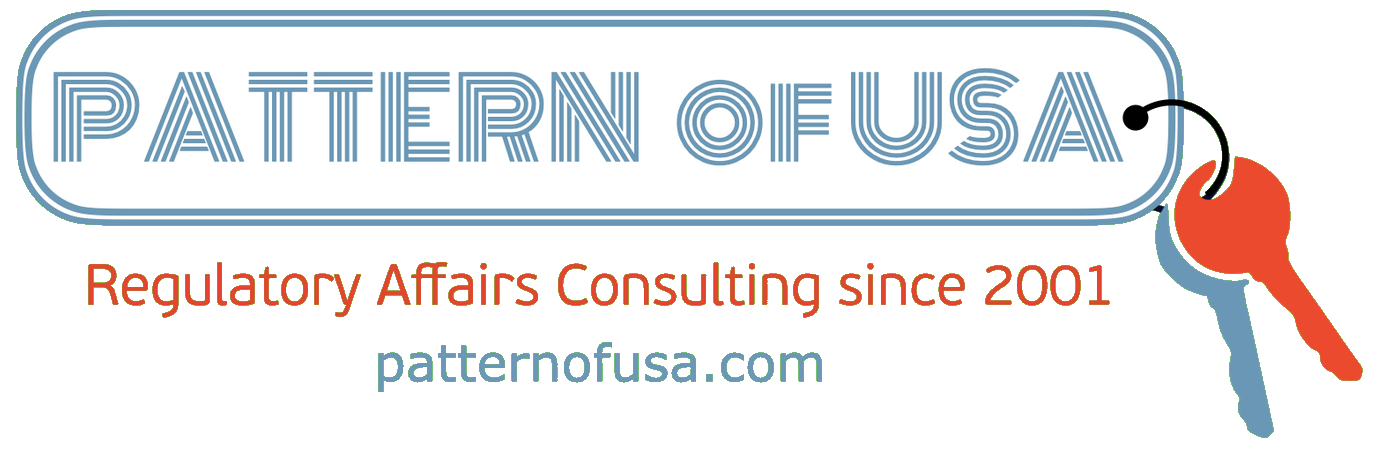Avoid Importing Flawed Drug Pricing Policies from Abroad

The United States stands as the leading market for pharmaceutical development, recognized for its swift scientific evaluations and drug approvals, alongside a generally rapid and predictable reimbursement process. However, it is concerning to witness policymakers adopting strategies from nations that have stifled investment incentives in their life sciences sectors, consequently limiting their citizens’ access to crucial treatments.
If we incorporate these detrimental strategies, we also risk inheriting their adverse results. Over the last five years, it’s worth noting that 42% of newly approved drugs in the U.S. were not launched in Europe, whereas merely 6% of drugs approved in Europe were not available in the U.S.
The regulatory framework in the U.S. has not only broadened access to medications but has also spurred billions of dollars towards research and drug development. The Medicare drug benefit, for instance, has provided older adults and individuals with disabilities access to affordable medications, thereby fostering investment in clinical trials for illnesses prevalent among these groups. Furthermore, a notable rise in clinical trials assessing drug efficacy in children can be attributed to legislation incentivizing pediatric research through extended market exclusivity for compliant companies.
Investment in drug research has paved the way for innovative, albeit costly, new therapies. Moreover, the U.S. legal infrastructure has ensured that generic and biosimilar products help regulate prices effectively. A majority of drugs, even those protected by multiple patents, typically face generic competition approximately 13–14 years post-launch in the U.S. This system, devised 40 years ago through the Hatch Waxman Act, has evolved to ensure successful drugs achieve global profitability predominantly from American sales, after which generics and biosimilars enter at lower prices.
Despite the success of this model, some policymakers propose changes under the mistaken belief that profits, intellectual property rights, and financial incentives are inconsequential. The Biden administration is formulating a strategy to revoke exclusive property rights for drugs based solely on their pricing. This authority is derived from legislation designed to address drug shortages linked to federal funding. Such actions risk undermining the patent system and could jeopardize public-private partnerships and clinical trial investments.
Simultaneously, China is observing the U.S.’s successful pharmaceutical landscape and is reforming its own laws concerning innovative medications by expediting drug review processes and allowing patent term restoration, which provides patent holders with additional exclusivity to compensate for review delays. These strategies were initially adopted in the U.S. Despite prevalent concerns regarding data protection within China, companies based there now account for over 25% of all new clinical trials globally, up from just 3% a decade ago. A significant number of these trials focus on early-phase drugs, underscoring the potential treatments of tomorrow.
Implementing price controls on medications, a concept borrowed from other regions, tends to limit supply. Such controls are currently being integrated into Medicare as a result of the Inflation Reduction Act. Evidence shows that individuals in countries with price controls often experience delays in obtaining medications available in the U.S., with waiting times extending beyond a year for new treatments for serious conditions like cancer due to government-imposed pricing limits.
Beyond federal initiatives, over ten states are exploring their own price control measures, including the establishment of price review boards and maximum pricing limits, a trend that has gained momentum since 2017. Pharmacies may struggle to provide drugs at such low price points, as price controls do not guarantee that manufacturers will reduce their costs for the states.
Lawmakers advocating for increased government pricing power often draw comparisons between drug prices in other nations and those in the U.S., lamenting perceived inequities. They neglect to address the complications faced in countries with centralized health systems that frequently ration drug access, approving coverage only after a patient has seriously deteriorated. During a recent hearing on drug prices for weight management, there was no mention that in countries such as Germany, Canada, and Japan, health systems do not readily authorize these medications for patients in need. Specifically, Germany does not include obesity medication in universal health care, where a majority receive services; Canada’s provincial health systems exclude obesity medication; and Japan only covers the treatment for obesity if patients present with two or more related comorbidities and a high BMI. Access limitations are not confined to obesity medications; England experiences substantial delays and restrictions on treatments for serious rare diseases.
The U.S. remains attractive to scientists, clinical trials, and manufacturing investments due to a distinct system that allows for the profitability of successful drugs for a defined timeframe. This has facilitated breakthroughs for rare diseases, vaccines that revitalized economies during the COVID-19 crisis, and considerable increases in cancer survival rates. The U.S. faces a critical choice: to reinforce the principles that have contributed to its success or to pursue a misguided policy path that could compromise its biopharma industry, reflecting the experiences of numerous other nations.
